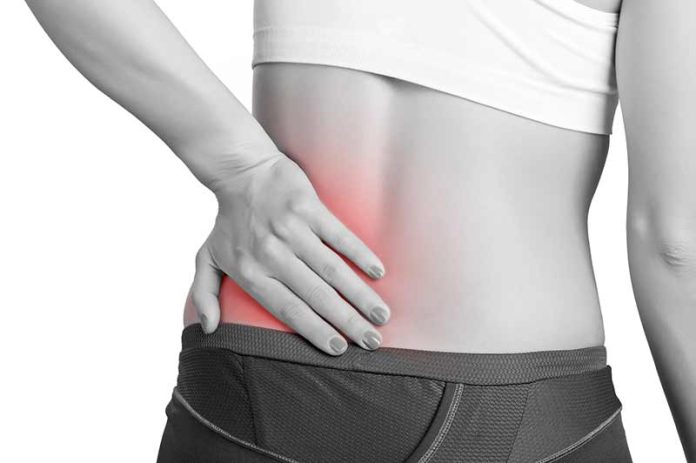Lower back pain is a common problem that affects people of all ages. It can be caused by a variety of factors, including poor posture, muscle strain, injury, or underlying medical conditions. While lower back pain can be debilitating, there are effective ways to manage and alleviate the pain.
In this article, we will discuss some tips and strategies on how to get rid of lower back pain. We’ll cover the common causes of lower back pain, how to prevent it, and when to seek medical attention.
Common Causes of Lower Back Pain
Lower back pain can be caused by a variety of factors, including:
Poor posture: Sitting or standing with poor posture for long periods can strain your back muscles and cause pain.
Muscle strain: Lifting heavy objects or twisting your back in an awkward way can cause muscle strain.
Injury: A fall or sudden impact can injure your back muscles, ligaments, or bones.
Medical conditions: Certain medical conditions such as arthritis, osteoporosis, or a herniated disk can cause lower back pain.
How to Prevent Lower Back Pain
Preventing lower back pain is possible by following some simple tips:
Practice good posture: Keep your shoulders back, chest forward, and spine straight.
Exercise regularly: Engage in exercises that strengthen your back muscles, such as yoga or Pilates.
Lift correctly: Use your legs to lift heavy objects and keep your back straight.
Stretch: Take regular breaks and stretch your back muscles to prevent stiffness.
Maintain a healthy weight: Extra weight can put strain on your back muscles and cause pain.
Effective Tips on How to Get Rid of Lower Back Pain
Apply heat or cold: Applying a heat or cold pack to the affected area can help to reduce inflammation and alleviate pain.
Massage: Massaging the affected area can help to loosen up tense muscles and increase blood flow.
Over-the-counter pain relievers: Nonsteroidal anti-inflammatory drugs (NSAIDs) such as ibuprofen or aspirin can help to reduce inflammation and alleviate pain.
Acupuncture: Acupuncture involves the insertion of thin needles into specific points on your body to alleviate pain.
Physical therapy: A physical therapist can help you to perform exercises that can alleviate lower back pain and prevent future occurrences.
When to Seek Medical Attention
If your lower back pain is severe or doesn’t improve after a few days of home treatment, you should seek medical attention. Also, seek medical attention if you experience any of the following symptoms:
- Numbness or tingling in your legs
- Loss of bladder or bowel control
- Weakness in your legs
- Fever or chills
Conclusion
Lower back pain can be a debilitating condition, but it can be managed through lifestyle modifications, exercise, and over-the-counter medications. Additionally, consulting with a doctor can help to determine the most effective treatment based on the underlying cause of the pain.
FAQs
Q1. What are the best exercises for lower back pain relief?
Answer: Activities such as yoga, swimming, and walking can help to strengthen the core muscles and reduce tension in the lower back. Additionally, stretching exercises can be beneficial for providing relief from pain.
Q2. What lifestyle changes can help reduce lower back pain?
Answer: Making changes to one’s lifestyle, such as quitting smoking, reducing alcohol consumption, and maintaining a healthy weight can help to reduce lower back pain. Additionally, using proper ergonomics while sitting and standing can also help to alleviate discomfort.
Q3. Are there medications available to help with lower back pain?
Answer: Over-the-counter medications such as ibuprofen and acetaminophen can help reduce inflammation and provide relief from pain. Additionally, prescription medications may be prescribed depending on the severity of the pain and the underlying cause.
Khalid Irfan is a Fitness expert who enjoys spending time in gym. He also enjoys being in the outdoors and exploring new opportunities whenever they arise as well as researching new topics to expand his horizons.

